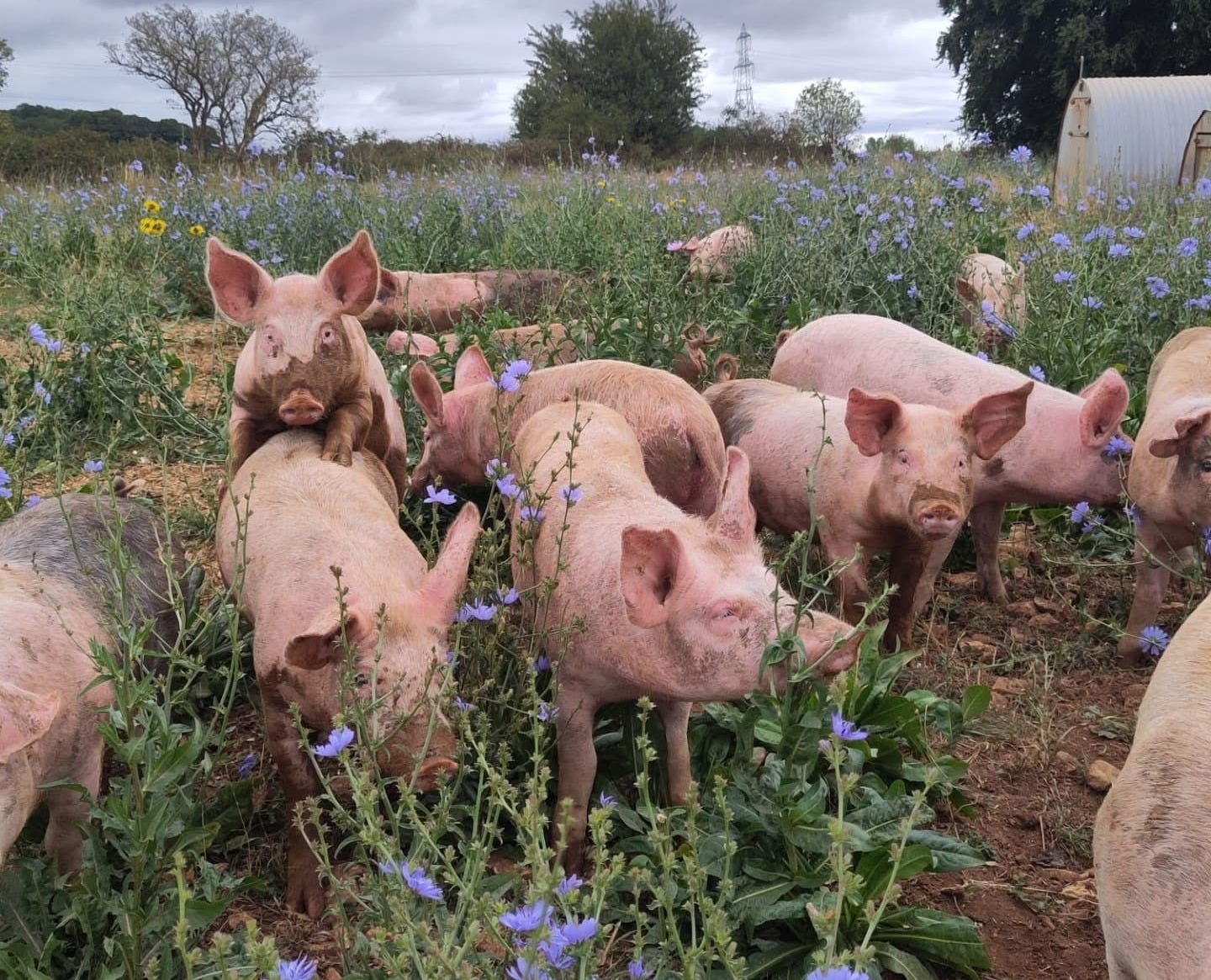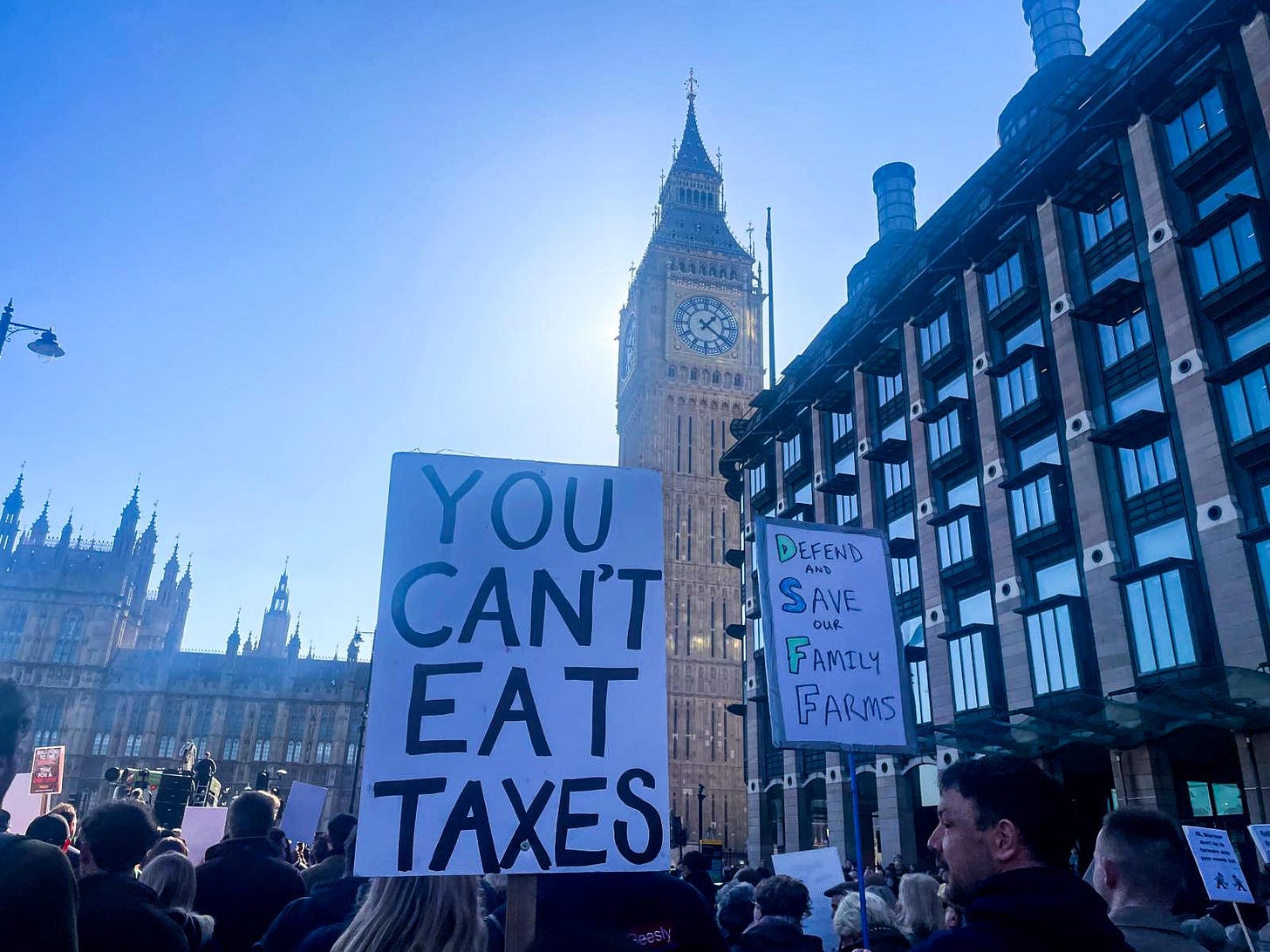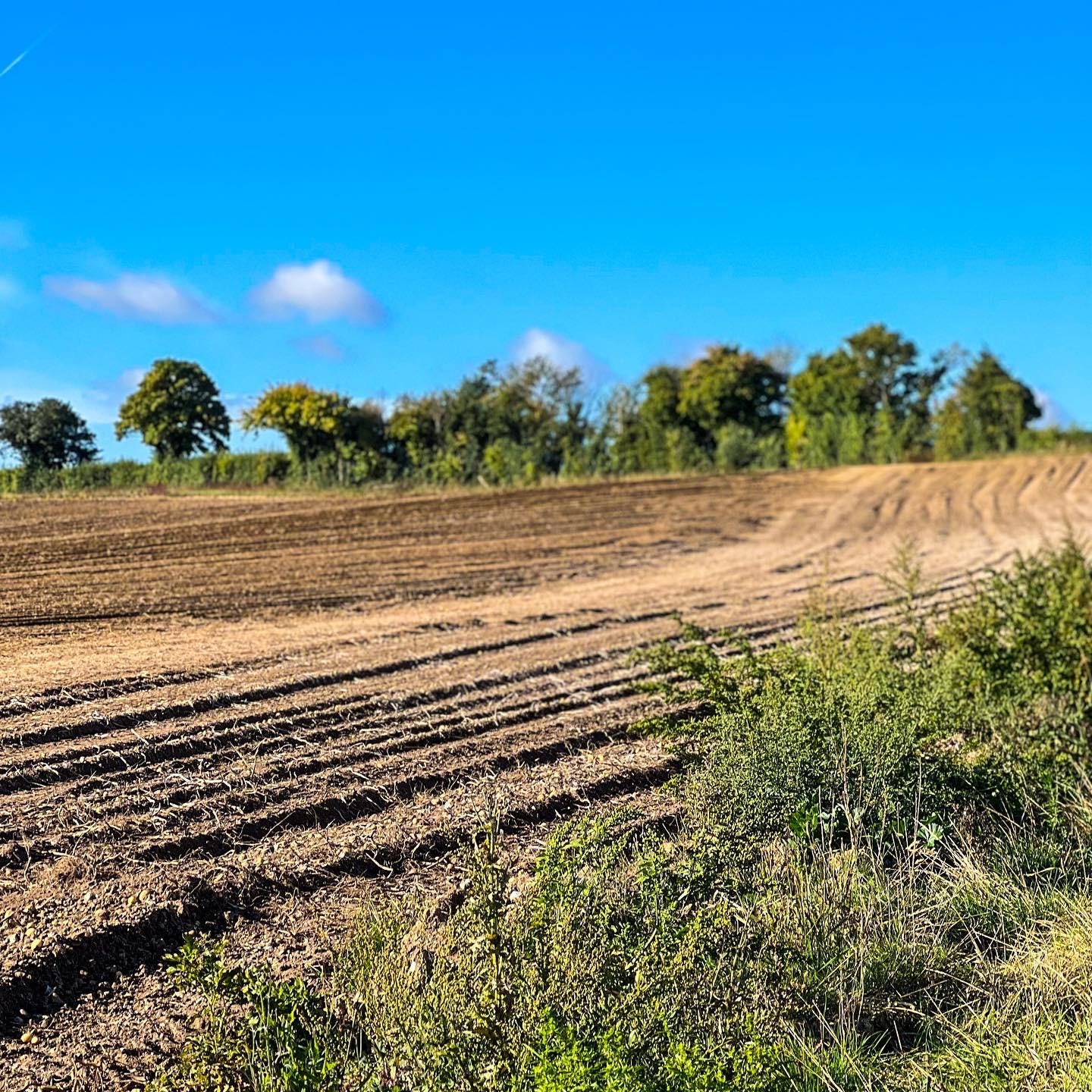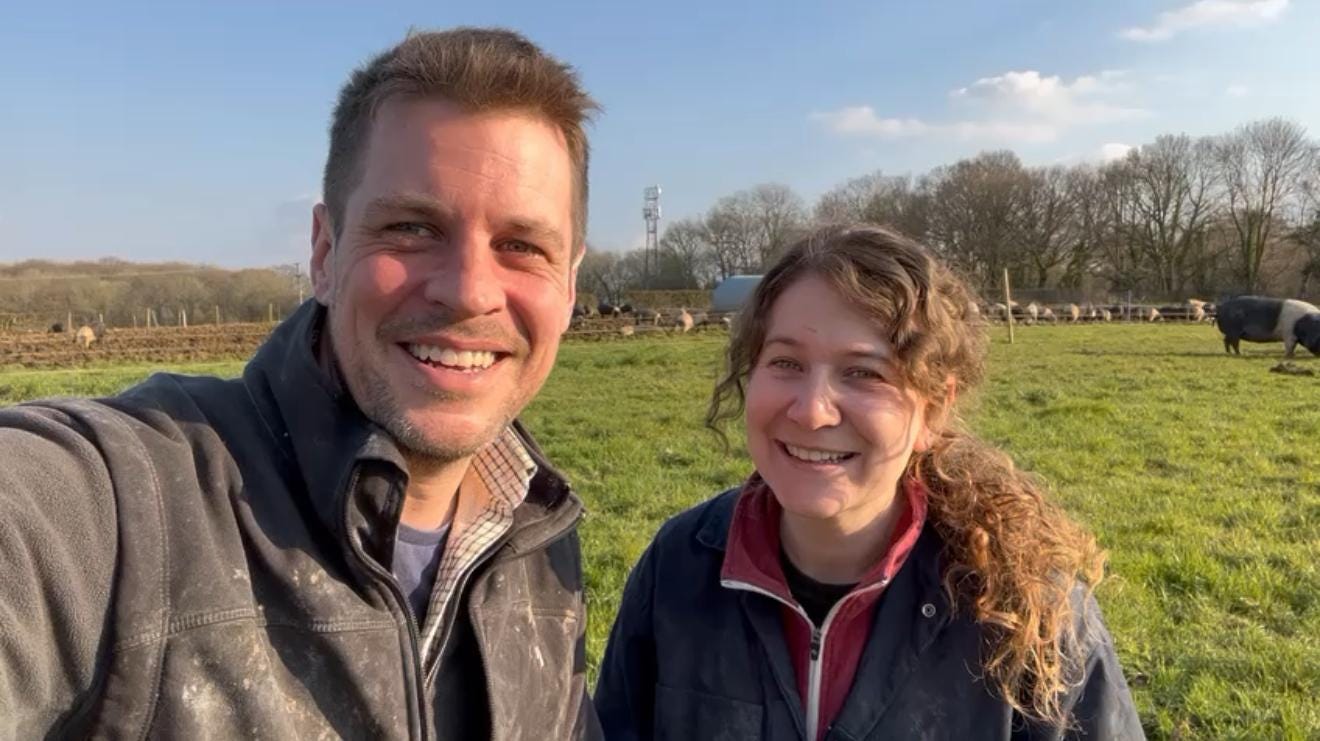From Headlines to Hedgerows
What the UK’s Food Security Push Means for Small Farms
Out in the real world, food security is not an abstract promise. It is how your fields hold water after rain, what your notebook shows about inputs and yields, and whether your buyers stick with you when things get rough. Policy matters, but those three things decide how you weather the next shock.
What You Need to Know
What has changed is that there are new ministers, an advisory board heavy on retailers, and a louder focus on proven continuity of British production
What it means is that evidence beats rhetoric, so show water holding, biodiversity, and lower nitrogen per hectare alongside steady output
How the public can help is by buying direct, asking for provenance and method, supporting clear labelling that applies to imports, and backing local procurement that welcomes small suppliers
The Policy Context in Plain English
The National Food Strategy is back in the headlines. Since there is a new Secretary of State at DEFRA and a new Minister for Food Security and Rural Affairs. That makes ten Secretaries in ten years which is hardly stability. The strategy promises resilience, healthier diets and a fairer system. It names three problems that need fixing which are the junk food cycle that normalises ultra processed diets, the invisibility of nature in prices, and a resilience gap across farms and logistics. This round puts food security on the table by linking it to continuity of British production and better risk management. What is still thin are the indicators, timelines and funding clarity that turn outcomes into actions on real farms.
Who is Steering and Why that Matters
The Food Strategy Advisory Board is stacked with retailers and processors including Sainsbury’s, Cranswick, Bidcorp and McCain alongside public health and academia. Defra says the members serve as individuals rather than as company delegates, but the power balance still tilts to logistics and corporate risk. Author Abby Allen sets out the concern very clearly that this is ‘the board no one asked for’ and that it risks sidelining independent farm voices. When contracts demand year round uniformity a small mixed farm cannot conjure July cauliflowers in February without damaging rotations. If the new minister Dame Angela Eagle wants trust she needs farmer led delivery in the room rather than farmer consultation after decisions are made.
A lever that could pay fairly The Sustainable Food Trust together with the CLEAR consortium is pushing for mandatory verified method of production labelling on meat with clear on pack information that consumers can understand at a glance. Method matters for welfare and the environment and transparency can reward farmers who invest in pasture based higher welfare or agroecological systems. This only works if it applies to imports as well or it risks rewarding louder marketing rather than better farming.
Subsidies and Schemes Explained
Here is what these schemes are in simple terms and why they matter.
Basic Payment Scheme known as BPS:
This was the old area based EU style payment that paid farms per hectare regardless of practices. It is being phased down to zero by 2027. Many small farms used BPS to smooth cashflow through volatile seasons and its removal without equivalent production support increases financial pressure.
Environmental Land Management known as ELMs:
This is the new family of schemes that pays for public goods such as healthier soils, cleaner water, more wildlife and climate resilience. It has three main parts that matter today.
Sustainable Farming Incentive known as SFI:
This pays for specific sustainable actions on working farms such as herbal leys, cover and companion crops, integrated pest management and better hedgerow management. SFI is currently closed new applications will not be accepted until a revised and improved SFI scheme is launched, with a planned opening in Spring 2026.
Official guidance: https://www.gov.uk/guidance/sustainable-farming-incentive-sfi
Countryside Stewardship known as CS:
This funds a wide range of environmental improvements from hedges and field margins to woodland and flood management. The Higher Tier window opened this week for more complex multi year projects which is relevant for farms with significant habitat or water work to do.
Official guidance: https://www.gov.uk/countryside-stewardship-grants
Landscape Recovery:
This is for large scale landscape projects that restore habitats and carbon stores. It is competitive and usually not aimed at small family farms, although some may partner within a bigger local initiative.
Guidance: https://www.gov.uk/guidance/landscape-recovery
Capital grants:
These are one off grants for practical infrastructure such as fencing, water points, tracks, hedgerows, slurry stores and small reservoirs. They help unlock better grazing, water resilience and compliance at lower out of pocket cost.
Farming Equipment and Technology Fund known as FETF:
This is for productivity, slurry and animal health items and helps farms buy kit that improves welfare, efficiency and environmental performance.
Guidance: https://www.gov.uk/guidance/farming-equipment-and-technology-fund-fetf-2025
Farming Innovation Programme known as FIP:
This funds trials and collaborations to test new approaches including precision applications and low input systems.
Collection: https://www.gov.uk/government/collections/farming-innovation-programme
Why these Schemes are Critical for Small Farms
For small farms these payments are not windfalls, they are the margin between surviving and folding in a season of bad prices or bad weather. SFI actions can co-fund herbal leys that feed sheep and cattle while building soil, or cover crops that hold water and reduce nitrogen dependence in arable rotations.
Countryside Stewardship can pay for hedgerows, beetle banks and wet features that cut flood damage and improve pollination. Capital grants can pay for fencing and water that make rotational grazing viable which lifts animal health and pasture recovery. FETF can upgrade handling and slurry kit which reduces losses and improves welfare. None of this replaces the need for fair farm gate prices, but it buys time and builds resilience while the market catches up.
Where The Money Sits and What is Live Now
Topline funding sits at around £2.7 billion per year across farming and nature. ELMS funding is intended to rise toward around two billion by 2028. SFI is closed and with tens of thousands of SFI agreements now covering more than half of farmed land shows where policy has landed. Countryside Stewardship Higher Tier applications are open this week. The Farming Equipment and Technology Fund is closed and capital grants are available. Scheme windows open and close so quickly so always check the official pages above before you apply. Its a bit of a minefield to keep track of all the updates!
The Pressures You Feel Now
Inheritance tax changes are creating anxiety for family succession. A fertiliser tax from 2026 is being introduced which would hit cashflow unless paired with support to reduce dependence. Land use signals worry arable producers who already face weather shocks and imported competition. Trade deals bring in cheaper food with lower standards while farm gate margins remain thin. Add churn in leadership and patience runs low. As Nick Hughes argues in his reshuffle commentary, strategies without indicators and champions drift and ministerial merry go rounds weaken delivery just when grip is needed.
How the Public can Help Keep Small Farms Alive
Buy direct whenever you can through farm shops, CSAs, farmers markets, producer apps and local delivery schemes so more value stays at the farm gate and supply chains stay short.
Ask for provenance and production detail so where it was raised, how it was fed and what the method of production is, because your questions tell retailers that clarity matters. If budgets are tight choose better meat less often so smaller portions from higher welfare pasture based producers do more good than chasing the very cheapest label.
Join or start a buyers circle so a simple group that pre orders weekly veg or a meat share helps small farms plan and reduces waste.
Support method of production labelling by writing to your MP and council and ask for clear on pack information that applies to imports as well, using this explainer from the Sustainable Food Trust for context.
Back local procurement by asking schools, hospitals and councils to include local and seasonal criteria and to trial contracts that are friendly to small suppliers and co-ops.
Share proof not platitudes by posting the evidence farmers publish about soil biodiversity and animal care when you find someone doing it right.
If we wait for perfect policy we will be waiting a long time. Public choices and local institutions can keep small farms standing through the next shock and that is what real food security looks like on the ground.
On The Reshuffle
Daniel Zeichner ‘helped’ shape the Good Food Cycle and his exit breaks continuity. Dame Angela Eagle brings long ministerial experience and if she listens early and often (which I highly doubt she will) there is a chance to reset relationships. Emma Reynolds arrives at Defra with a Treasury and finance background which can help if it becomes grip on budgets and delivery. But will she stand up for farmers against the Inheritance tax changes? (I don’t think so!)
None of this matters unless farms see movement where it counts which is scheme certainty, fair market access and policies that value production and stewardship together.
Why This is About Food Security and National Security
Food security is not a slogan, it is the sum of thousands of steady producers who keep soil on slopes, manage water through storms and feed communities through shocks. Small farms are an integral part of that system because they stitch resilience into local supply and keep diverse production close to the people who eat it. If we hollow out small farms we increase import dependence, we lengthen supply chains and we make ourselves more fragile to climate and geopolitics. Food security is national security and it begins under our boots.
What you need next
If this helped cut through the fog and gave you something practical to act on, subscribe for free to get the next posts as soon as they land. If you want to go deeper, become a paid subscriber and you will get access to my first live Zoom Q & A as well as extra insights on agriculture, food and farming policy and how it plays out on real UK farms.
This Substack is built on community and I will keep giving back with practical tools, clear explainers and space for your stories and questions.
What is coming this month
21 September - The Final Stand ,Part Two, Behind the Scenes, my legal battle
25 September - The Meat of the Matter, why livestock policy still divides the UK
28 September - September Recap, what we learned about UK farming this month
Live Q and A for paid subscribers - date to be confirmed
Thank you for reading and for standing with the farmers who keep food on British tables. Subscribe free to stay in the loop, or upgrade to paid if you want to join the Q&A and support this work directly.
Sources
The UK’s New Food Strategy Leaves Farmers Hungry for Real Change - Abby Allen, Scribehound
National Food Strategy - DEFRA
Emma Reynolds appointed new Defra Secretary - NFU Online
Farming leaders react to new DEFRA secretary and food security minister - Farming Guide
A CLEAR need for ‘Method of Production’ labelling - The Sustainable Food Trust
Can food strategy survive Defra reshuffle? - Nick Hughes, Footprint
If just 5% of my readers tipped £1/$1 this essay would pay for itself in terms of time spent working on it.











I’dbe interested to learn more about your inheritance tax. Here in US we call it estate tax and currently it bumped up to 15 million dollar threshold per person ( 30 million per couple) so if your estate is under that then there is no tax at all so most farms here are under that, but sounds like y’all’s is a lot more oppressive
I had to Google CSA, first time it came up with Child Support. 🤣
This is the biggest problem with relying on Government subsidy to run a business. As soon as a Minister changes or the Government changes all bets are off. I assume that fairer prices at the gate would reduce the need for subsidies?